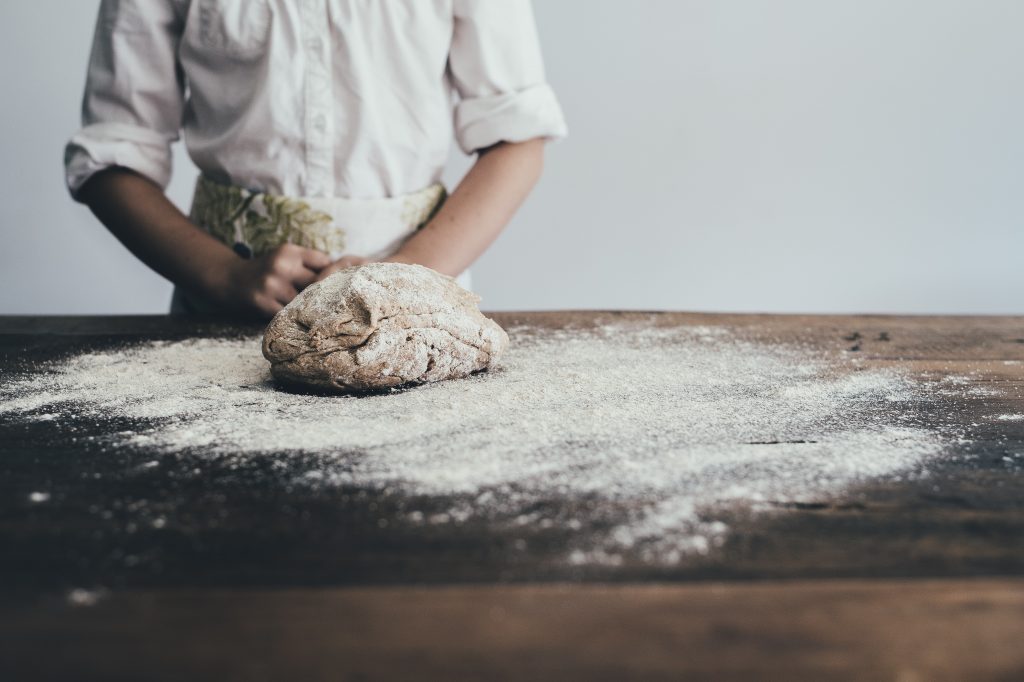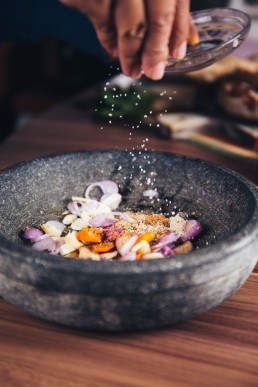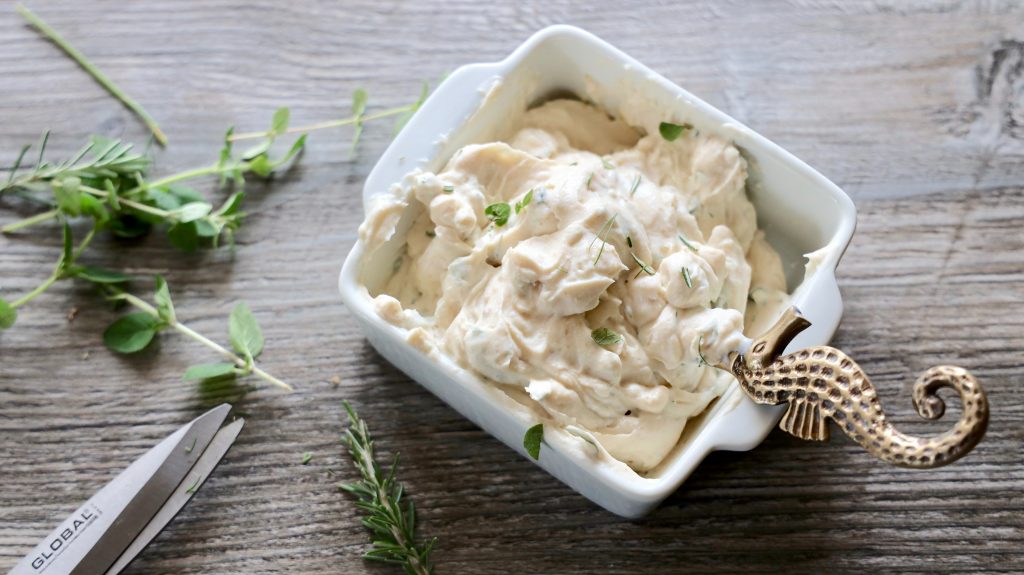Top Flour Alternatives for Healthier Desserts
Flour is great because it gives us the ability to make some of the best things in life: desserts! But as great as it is, constant consumption has proven to be detrimental to our health.
The good news is that we don’t have to give up our love for sweet treats in order to lead a healthier lifestyle!
We can actually tweak those recipes we love the most to make them healthier, giving us the opportunity to treat ourselves while also being mindful of our overall health and wellbeing.
Here are the top flour alternatives that will make your dessert equally (if not more!) delicious:
Almond Flour
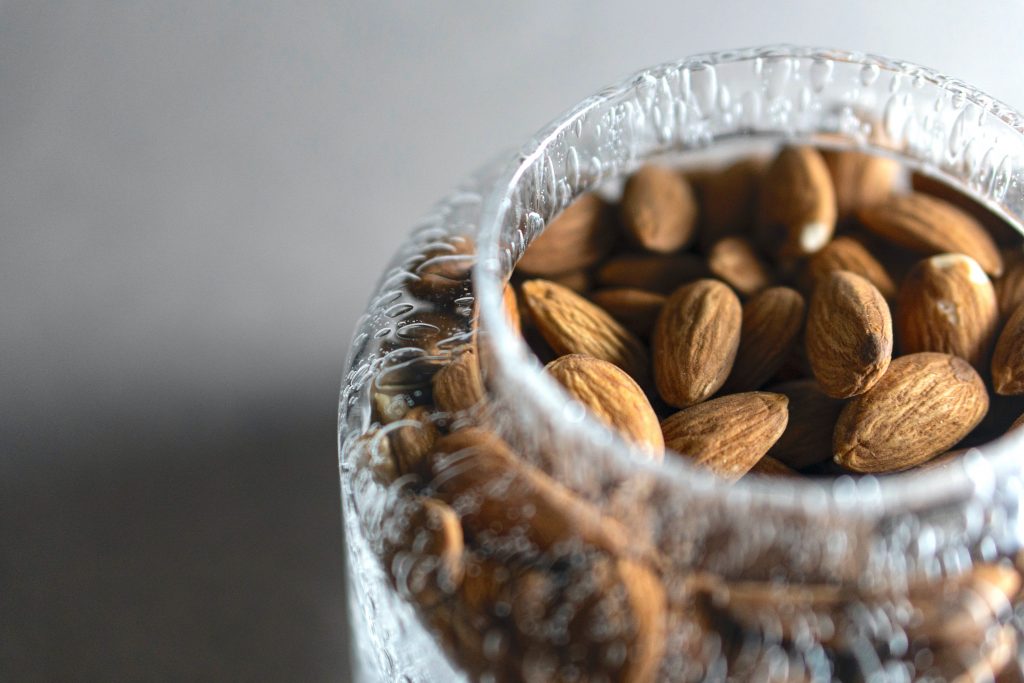
Almond flour is made from ground almonds. However, it’s sometimes confused for another almond alternative: almond meal.
The two differ in texture. Almond flour is made from almonds that have undergone the process of blanching in hot water to remove the skin before being ground, thus creating a fine flour.
On the other hand, almond meal is a coarser flour, since the almonds are ground with their skin on.
Almond flour is rich in protein, Vitamin E, and unsaturated fat. It’s usually a great replacement to use on baked goodies like cookies and brownies. Especially if you love the taste of almonds.
It does make your pastries have a different texture than regular flour, so it’s better to use almond flour when desiring its specific texture and taste, instead of expecting it to deliver an equal experience to regular flour.
Almond flour is usually a 1-to-1 ratio replacement for regular flour.
Coconut Flour
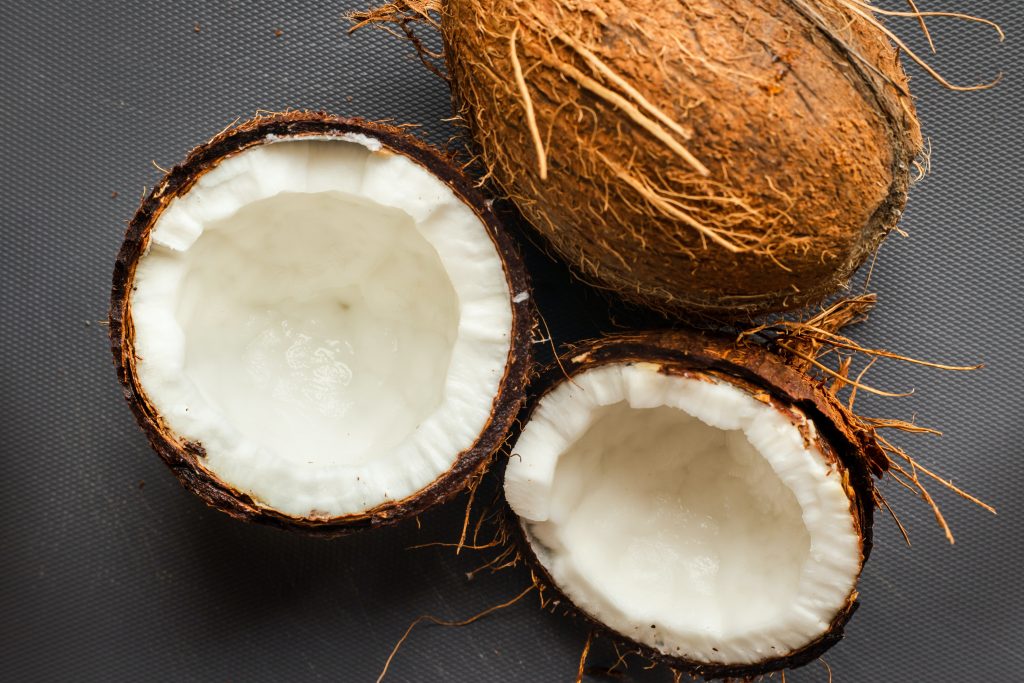
Coconut flour is made from coconut flesh that has been separated from the water, dried, baked, and ground into a soft and fine powder.
If you’re looking for a gluten-free alternative to flour, coconut flour is a great option. Plus, it’s high in fiber, which can be beneficial to you.
When using coconut flour, keep in mind that it’s not a 1-to-1 ratio replacement for regular flour.
If you want to use coconut flour as a substitute in a recipe that requires the use of regular flour, you will most likely need to adjust by adding more wet ingredients or eggs.
The best types of recipes to make using coconut flour are those that require a wet batter, which is why banana bread is a great option.
For this reason, the best way to go when you want to use coconut flour is to search for an existing recipe that uses coconut flour. For example, if you want to make banana bread, search for “coconut flour banana bread.”
This way, you can find recipes with the right ingredients and ratios to give you the best results!
Chickpea Flour

Chickpea flour is made from finely milled Garbanzo beans or chickpeas, and it has an earthy and nutty taste.
Compared to whole wheat flour, it has more protein and less carbohydrate content.
When added to liquid, chickpea flour is a lot denser than regular all-purpose flour. For this reason, it’s best to use it as a binder element on dishes that need stability, like patties.
It also works great on sweet and savory treats like crepes, pancakes, waffles, and dumplings. It can even be used as a batter for tempura!
Buckwheat Flour
Buckwheat is one of those lesser-known flour alternatives, and despite its name, it’s not a type of wheat. Its seeds are gluten-free and a great option if you’re looking for a versatile alternative.
Buckwheat seeds are milled to produce a fine flour with a rich, nutty, and earthy flavor. The resulting flour is packed with protein, Vitamin B, dietary fiber, and potassium.
Buckwheat flour is so versatile that it gives you the freedom to experiment and try many types of recipes, like pancakes, waffles, crepes, scones, sponge cakes, soufflés, biscuits, butter cakes, gingerbread, cookies, and crackers. Because of this, it’s one of our top choices!
Which one will it be?
The list of flour alternatives is so big that we could be here all day. However, these options are our top alternatives.
I have used them time and time again, and continue to discover new and delicious ways to make them work.
My top advice when working with flour alternatives is to consider the result as a new type of treat. Don’t expect to get the exact same result you get with regular flour, otherwise, you’ll be disappointed.
Also, flour continues to be great, and I will certainly continue to use it in my kitchen. But the beauty of trying alternatives is to open ourselves up to trying new and exciting things.
With so many alternatives to choose from, you can be sure that you will definitely find something you like and even prefer over the same old flour recipes!
How to give your favorite dish an extra crunch
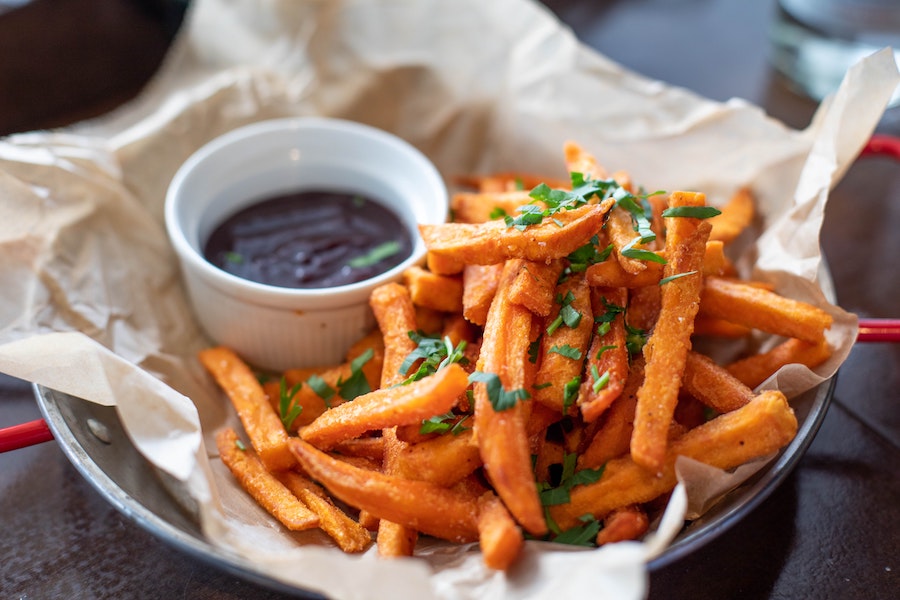
Our fascination with crispy food started way back in time -- We have two main sources of crispy in our natural environment: insects and certain parts of plants such as roots, leaves, and stalks.
In modern times, now that we know how to cook, our love for crispy food has evolved into a whole array of methods and ingredients.
To help you make your crispy dreams come true, listed below are some of the methods used to make crispy dishes, and some tips on how to do them correctly:
Deep-Frying
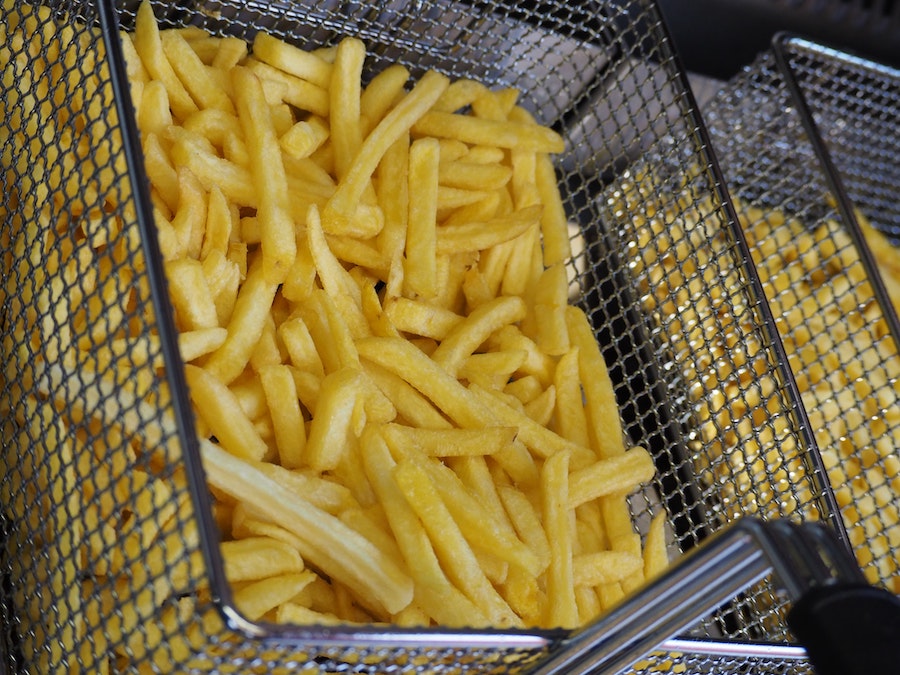
Deep-frying is a cooking method that uses fat or oil to cook and bring out the crispiness of a piece of food. However, it has recently created fear in some of the home cooks -- not only because of the fear of getting burned by hot oil, but also because fried foods are known to be greasy and unhealthy.
Despite these consequences, many people are still fond of eating deep-fried food, for they are crispy and satisfyingly awesome. We're also behind the idea of balance. Even deep-fried foods, once in a while and with moderation, will not create any significant issues in our health.
Deep-frying works by wholly submerging food in hot oil (up to 400°F (204°C). The bubbles around the food are the moisture on its surface that turned into steam. This process allows the formation of crust.
The more starchy the surface is, the crispier it gets. That’s why we often use cornstarch or flour.
To prevent your fried food from getting soggy, keep them as dry as possible before cooking, because the oil migrates inwards when moisture moves out. Generally, the amount of oil absorbed is equal to the amount of water removed while frying.
Here are some tips to consider when deep-frying:
-
Using the right equipment.
Cast irons with wide bases are best to use. They're sturdy and heavy which can prevent accidents. Cast irons are also good at holding heat.
A drop in temperature while deep-frying may lead to a disappointing result. This is why we advice you to use a food thermometer with a probe that you can keep in the pan to easily and consistently monitor the temperature.
-
Be safe.
To prevent oil from overflowing, fill your pot with only two-thirds of oil. Make sure to always keep the pot’s lid within your reach for easy access whenever you need it.
Also, keep your food dry before dropping it in hot oil, not only to prevent oil absorption but to avoid oil from splattering due to the presence of water.
-
Choosing the right oil.
The oil you use affects the overall taste of your dish. Choosing a type of oil depends on your preference, whether you like a nutty, floral, or neutral flavor.
Aside from the taste, always consider the smoking point of the oil. Once the oil reaches its smoking point, it can give your food a burnt taste.
When deep-frying, choose oils like peanut oil, refined coconut oil, virgin or extra light olive oil and vegetable oil since their smoking point reaches higher than 375 °F, allowing you to fry better.
-
Cook in batches.
Cooking everything at once will cause a drop in oil temperature, which will make your food soggy. To prevent this, always cook in smaller quantities that you can control.
-
Avoid using salt before cooking.
Unlike other frying methods or grilling, where you can sprinkle your food with some salt before cooking, when it comes to deep-frying it better to avoid this. Salt may cause the hot oil to splatter even before the oil reaches its smoking point.
However, you can sprinkle some salt right after cooking so it will stick onto your food well.
Air Frying

Due to technological advancements, we're able to get a similar feel to deep frying without the use of heavy oils and potentially dangerous techniques. One of these advancements is the air fryer. We run this website almost entirely on our love for Air Frying, isn't this great?
An air fryer is a piece of kitchen equipment similar to an oven, but they differ in heating elements. Unlike ovens, an air fryer’s heating component is placed on the top, and is accompanied by a large and powerful fan for heat circulation.
As a result, the food easily becomes super crispy without using much oil. Some recipes don’t need any oil, some call for 1-2 teaspoons, and breaded items need 1-2 tablespoons – which is somehow healthier, as some would say. Either way, we absolutely love air frying.
An advantage of Air Fryers is that there are many accessories in the market that allow us to further decrease the use of oils, butter and other breading or non-stick elements. A great example of these accessories are the ones found in our online store.

If you’re new to air frying, or you'd like to know how to make your food even crispier, here are some air frying tips to help you:
-
Preheat your air fryer.
Before air frying, make sure to set the temperature of your air fryer to what your recipe calls. Preheating heats up the cooking surface and the basket to allow airflow at the right temperature, resulting in an evenly crispy air fried dish.
-
Do not overcrowd your basket.
An overcrowded basket may result in unevenly cooked food. You must give your food enough space for proper hot air circulation.
A great tip for cooking more food without overcrowding your basket is to use an air fryer rack like these ones. And if your air fryer basket has enough space, some racks can be stacked up to create an even bigger cooking surface, which allows you to place more food inside your basket without overcrowding.
-
Shake your basket.
One trick to give you an evenly crispy dish is to pause every few minutes to give your basket a gentle shake to re-distribute your food.
-
Spray with oil.
If you want to make the food brown and crispier, a spritz of oil halfway through the cooking time would help.
Extra tips for a crispy dish:
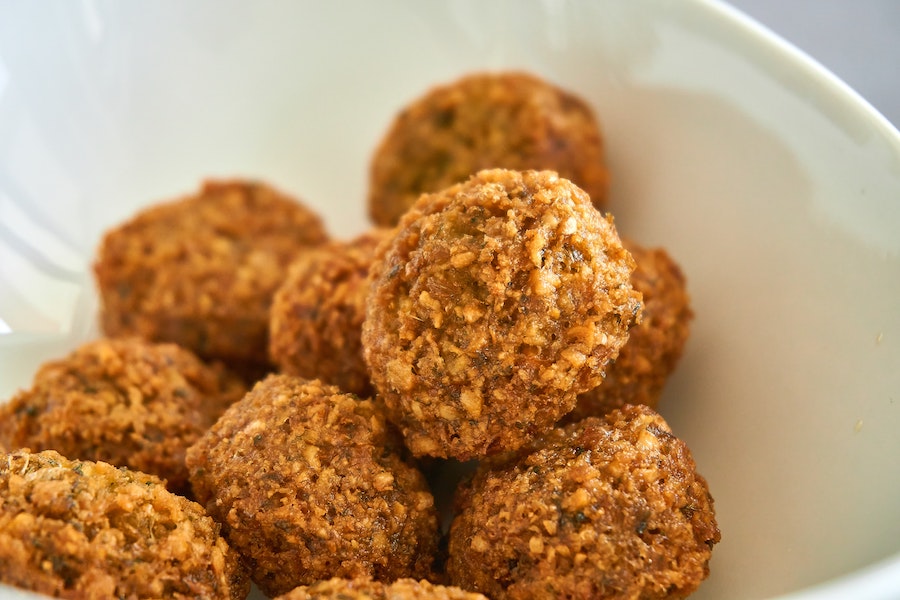
-
Befriend cornstarch
Since cornstarch is starchier than flour, using it to coat your fried food will give it great crunchiness and golden color.
You can use a 50-50 portion of flour and cornstarch to level up the crunch of your favorite fried chicken recipe or stick to cornstarch alone for an ultimate level of crispiness.
You could also use Panko crumbs when applicable to give your food a nice crisp.
-
Fry and fry again
While other people are not into deep-frying, some tend to double fry their food to make it much crispier.
Frying is a method of dehydration, which happens by letting the water on the surface and even inside the food evaporate. With this, the drier the food is before frying, the crispier its crust gets as less water has to be evaporated.
Meaning, when you fry your food again, it will become crunchier. You can also try to pat off or strain the excess oil after your first fry to prevent it from getting soggy. However, if you're going to double fry, make sure the inside of your food is not going to be overcooked, dry or burnt.
-
You can always use your oven.
If you don’t want too much oil or you don’t want to buy an air fryer (but why wouldn't you?) you can always use your oven.
The trick is to use an oven-safe rack to elevate your food. Through this method, the moisture can drip off while cooking, and air will be circulating, which may result in an evenly cooked and crispy dish.
Simple Knife Skills to Make Meal Prep Fast and Easy
Making a flavorful meal isn’t just about cooking itself. It also includes the preparation stage where you peel, slice, and cut all of your ingredients.
Whether you are a professional chef or an experienced home cook, learning basic knife skills is vital not only to make cooking easy and fast but also to prevent accidents.
THINGS TO CONSIDER
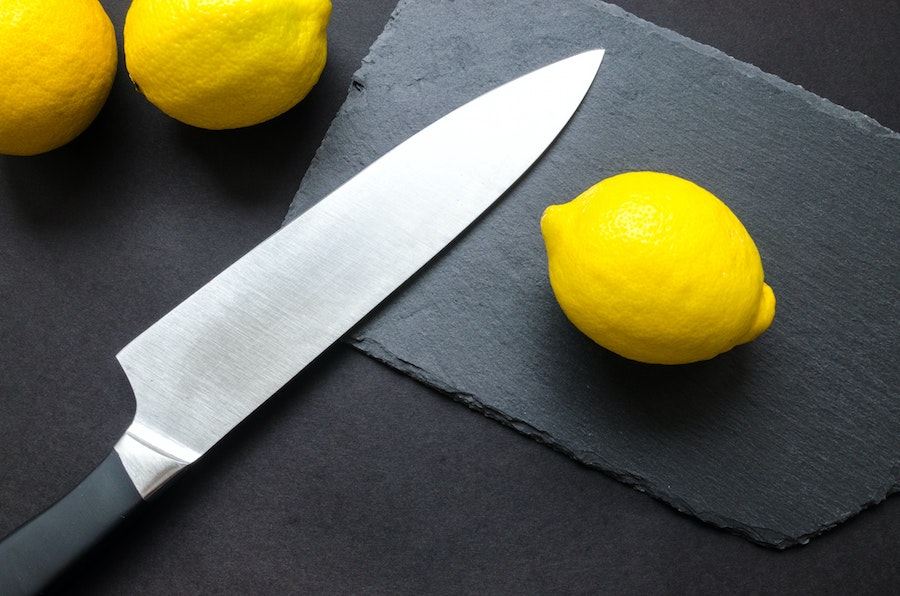
Before starting off with the skills, there are three (3) important things to consider:
First, you must start investing in a good knife set. Each knife has its own job to help you in the kitchen. Don’t worry, this doesn’t necessarily include loads of knives or breaking the bank.
All you need is a 4-inch paring knife, an 8-inch chef’s knife, and an 8-inch serrated bread (or tomato) knife. You can do most prepping work with this set of knives.
Next, it's imperative to always clean your knives to avoid bacterial build-up that can contaminate food. Also, you must not leave your knives soaking in the sink for a long time. Water can damage the handle of your knives and lead to the formation of rust.
Carefully clean your knives by keeping the pointed part away from your body. It's better to use hot water and dish soap, and wipe them dry right away with a paper towel or cloth.
Lastly, you always have to keep your knives sharp. Dull knives are more of a safety hazard since you have to exert more effort and pressure when cutting, which can lead to slipping or cutting your fingers instead. Thus, seek help from a professional knife sharpener once or twice a year, or learn it how to do it yourself properly.
THE RIGHT WAY TO HOLD YOUR KNIFE

Your cutting hand is the one you use to grip the knife. Your other hand has an important role as a helper to maximize efficiency and safety as it holds and stabilizes the ingredients while cutting.
Gripping

Hold the knife in a way that makes you the most comfortable and safe. However, you can practice this grip that is mostly preferred by cooking professionals:
-
Place your palm on the handle.
-
Grip the top of the blade with your index finger and thumb.
This grip is the best to balance the weight of the knife, the sharpness of its blade, and the strength of your arms, making cutting much easier.
It's a safe gesture to move your knife from front to back, with a rocking motion for softer ingredients, and up and down for much firmer ingredients.
While cutting, the whole upper body, not just the hands, should put downward pressure on the knife. To do this, keep the knife just below your elbows or at elbow-height.
The “Bear Claw”
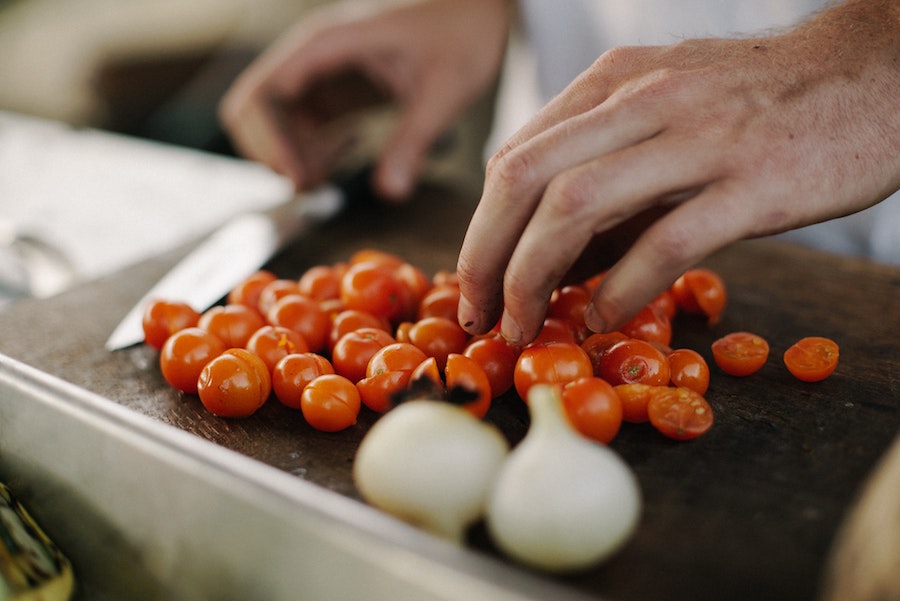
This is the most ideal and and safest position for your other hand. Do this by keeping your fingertips curled and holding the ingredient down.
Aside from protecting your fingertips from accidental cuts, you are also allowing your knuckles to be used as a guide in aligning your knife as you slice.
BASIC KNIFE TECHNIQUES
CHOP
Chopping refers to cutting into irregularly small pieces. Among the different knife techniques, chopping is perhaps the most commonly used and easiest to perform.
Some recipes are specific with the thickness of the chop needed. "Coarse" is 3/4 inches thick, and "fine" is a 1/4 " chop. If not specified, you can always stick with a 1/2 inch chop.
DICE
While chopping refers to cutting to irregularly shaped pieces, dicing is its opposite. Diced ingredients are more precise, like small blocks of vegetables, meat, or fruit.
Dicing can be done in any uniformed size. However, there are three main types of dices: "Large" (¾ inch), "Medium" (½ inch), and "small" or "Macedoine" (¼ inch). There's also a super small dice which is called "Brunoise." (⅛ inch).
Begin dicing your food by slicing lengthwise or into long strips. Then, gather the strips and cut across them to create small square pieces.
MINCE
Mincing is a technique very similar to chopping. Yet, in mincing, you have to chop your ingredient as finely or as small as possible as if it will dissolve while cooking.
Mincing is done to make the ingredients as soft, and almost paste-like as possible in order to release its flavor on oils or liquids and be distributed evenly throughout a dish.
Garlic and onions are the most commonly minced ingredients.
Mince your garlic by crushing a clove. Then, chop it roughly. Lastly, hold your knife and lay the other hand flat across the tip, then with a rocking motion, finely mince your garlic. The same thing goes with your onions.
CHIFFONADE
When a recipe calls for cutting leafy vegetables and herbs into thin strips or ribbons, chiffonade is the best technique to use.
All you need to do is to remove the stems of your greens, stack them up according to sizes (small to big), roll up into a cigar shape, and thinly cut them using a sharp knife, moving in a rocking motion.
Don’t chop your greens in an up and down motion to avoid bruises, discoloration, or loss of flavor.
This technique is suitable for broad-leaved plants that can roll well. Using this technique on irregularly leafed vegetables or herbs such as parsley is also possible but can be difficult.
JULIENNE
Julienning is also known as the “matchstick” cut or "allumette". It means cutting an ingredient into long ultra-thin strips that resemble matchsticks.
It is similar to a step used in dicing but with thinner and smaller cuts.
To do julienne, slice your ingredient into 1/4-inch-thick strips.
Then, stack and cut them into 1/8-inch-thick strips.
To julienne rounded ingredients such as cucumber, first you must flatten them so they won’t move or roll-over. To do this, take a slice off the bottom, then proceed with the steps mentioned above.
BATONNET
Batonnet is a French word meaning small sticks. This technique is considered the basis for dice and julienne cuts.
It is a long and straight cut that measures ¼-inch by ¼-inch by 2-2 ½ inches or larger like ½ inch by ½ inch by 2 ½-3 inches.
This technique begins in a process known as the topping and tailing, or simply chopping off both ends. Then, making a rectangle with the knife by squaring off all four sides and further slicing the rectangle into the sizes mentioned above.
PEELING
Peeling is now made easier with the use of peelers. However, it's still beneficial to learn how to peel using a knife or a paring knife with blades of 3 to 3 1/2 inches, to be specific.
Paring knives are ideal for peeling since they're much smaller, more maneuverable, and have a slightly curved blade, making tasks faster and easier.
To keep your hands safe, keep the blade away from them. Use your thumb to give the knife some leverage as you turn the food in your hand.
TOURNÉE
Tournée is an oblong-shaped cutting technique. It is used to provide a distinctive appearance to food and is commonly used for vegetables like potatoes, carrots, and squash.
You can tournée vegetables by removing the edges and trimming to approximately 2 inches. Though you can use any knife that's comfortable to handle such as a paring knife, most cooks prefer to use a tournée knife or bird's beak knife, their curved blade allows carving and shaping food quickly and efficiently.
Now that you know the basic knife techniques, try practicing them often so you can master them and make your meal preparation fast and easy.
You can also check out these recipes to try them.
How to fix an over-seasoned dish
It’s a fact that we all have different palates. Very frequently, we find that the recipes we’re trying to cook might be too flavorful or too bland for our taste.
However, cooking delicious dishes doesn’t require any magical powers – a few tricks will do.
As an experienced home cook, I must admit, I still make mistakes when I cook. But as time has gone by, I’ve figured out that tasting the food throughout the cooking time and making adjustments accordingly can help save any dish before serving it to my family.
If you’re not a seasoned cook or, like me, you’re a home cook who often commits mistakes, all you need to do is to practice and of course, have extra patience.
Before getting started, you need a better understanding of different flavors and how they work on every dish to be able to adjust depending on your preference.
KINDS OF TASTES

Universally, there are five (5) accepted basic tastes that are perceived by our taste buds: sweet, salty, sour, bitter, and umami. Let us dig in through these tastes to know how they can make your favorite recipes extra special.
SWEET: Sweetness is often described as the pleasure taste that is desirable to the human body. This taste is caused by a form of sugar or alcohol. Sweet foods are often high in carbohydrates, like glucose, which is our core source of energy and provide our bodies with fuel.
Examples of sweet foods: honey, candy, sugar, maple syrup, bananas, figs.
SALTY: Salt is a component that helps our body in digestion and in cleansing our tissues. Saltiness helps in enhancing flavors. A pinch of salt to sweet dishes amplifies the sweet notes, often making it necessary to add some.
Salt also reacts to the sodium chloride receptor in our mouths, which is the simplest taste receptor.
Examples of salty foods: soy sauce, Kosher salt, sea salt, Maldon salt.
BITTER: Among the five tastes, bitter is the one we’re most sensitive to. Some bitter compounds, mostly in plants, are known to be toxic. However, bitterness can also be considered healthy, like the bitter tastes of coffee and dark chocolates, which are brought in by antioxidants that help our metabolism.
Examples of bitter foods: coffee, wine, chocolate, citrus zest, arugula, kale.
SOUR: Hydrogen ions that are detected by our taste buds are responsible for the sourness or the tartness we experience when eating foods that have acidity.
However, sourness is not only found on mouth-puckering foods like citrus fruits.
It’s also present on spoiled or rotten food.
Examples of sour foods: yogurt, buttermilk, cranberries, pickles, apple cider vinegar.
UMAMI: Umami is often characterized with a savory or meaty taste, which often increases our appetite. It’s the most recent taste added to the “basic taste” list, after Kikunae Ikeda, a Japanese chemist, uncovered its chemical basis in the early 20th century.
The presence of glutamic acid, which he later renamed “umami” in Japanese, or “good flavor”, is responsible for this taste.
Examples of umami foods: cheese, anchovies, mushrooms, truffles, animal and vegetable stock, oysters, nori (dried seaweed).
WHAT IS SEASONING?
Seasoning is the act of adding salt, pepper, sugar, vinegar, and other herbs and spices into your dish. Seasoning is necessary, for it creates deep flavors and binds your ingredients together for a more balanced and flavorful dish.
WHEN IS IT BEST TO SEASON?
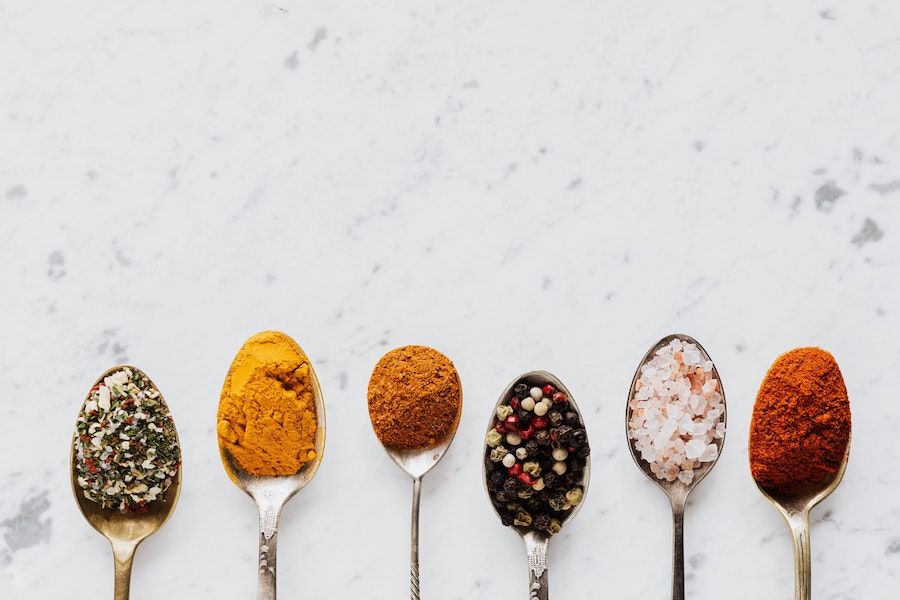
Seasoning can be done twice: Before cooking, to allow the flavors to develop throughout your cooking time, and at the end, to slightly adjust the taste.
HOW TO I FIX MY OVER-SEASONED DISH?
Don’t worry if you forget to season your food throughout your cooking. Below are simple ways to fix your food before it reaches the table:
TOO SWEET?
Adding sour, spicy, or bitter ingredients can downplay an overly-sweet dish. You can try adding herbs such as mint, sour fruits like blackberries, dairy, or chopped nuts to it.
Stay away from salty ingredients, since they could bring out the sweetness even more.
TOO SALTY?
Prevent making your food too salty by making sure you add salt little by little.
However, if you end up with an over-salted dish or sauce, you can fix it by adding something sweet like a pinch of sugar or something sour, like a splash of vinegar or lemon to lessen the saltiness.
For soups, you can try adding some water or unflavored broth. However, this can affect the consistency of your dish.
TOO SOUR?
Keeping a box of baking soda is good not just for cleaning, but also for rescuing your overly sour dish. Make your dish more alkaline by adding a pinch of baking soda to it (make sure not to put too much!).
However, if you don’t like this option, keep in mind that you can soften the effect of your overly sour dish by combining bitter, salty, or sweet ingredients like sugar, which is the perfect balancer when dealing with too much acid.
TOO SPICY?
Some people are brave enough to enter a chilli eating contest, and others, like me, can’t even handle a little bit of spice.
To rescue your taste buds from too much heat, try adjusting your dish by adding dairy. The casein protein found in milk bonds to spicy capsaicin molecules
and washes them away.
You can also add sugar, acid, or nut butter like tahini, peanut, or almond butter. The fat content on nut butter can help quench the flame.
TOO BITTER?
You may add something sweet, salty, or sour ingredients to balance out the bitterness of your dish.
To neutralize naturally bitter foods, like bitter gourd, you can slice, scrub with salt, squeeze the salt, and rinse before cooking in order to minimize the bitterness.
PRO TIP: Keep this flavor guide handy while you cook and remember to taste your food at every stage to keep your dish as delicious as possible.
MORE TIPS TO A FLAVORFUL DISH

Aside from a well-seasoned dish, here are some more tips to make your dish more flavorful overall:
-
-
Use fat: Take note that FAT = FLAVOR. Most of the flavors in meat comes from its fat, which is also described as an entire rainbow of flavors.
-
Consider the saltiness of your ingredients: one good way to prevent an overly-salted dish is to anticipate how much saltiness each ingredient can contribute to the whole dish. If your dish has loads of cheese and bacon, for example, it may already be at its ideal saltiness level by itself, so you may not need more than a pinch of salt.
-
Browning means flavorful: Saying that browned food is more flavorful is not just an opinion, but science. Amino acids and reducing sugars undergo a chemical reaction that gives browned food a more complex and distinctive flavor. This is called the Maillard reaction.
Another reaction that happens in this case is called “Caramelization” or “browning of sugars” resulting in a brown color and a sweet and nutty flavor.
-
Add some booze: Adding some alcohol into your dishes like sauces, soups, desserts, jams, and marinades will surely bring them to the next level.
Alcohol improves flavor as it bonds with both fat and water molecules which allows it to carry aromas and flavor.
However, contrary to popular belief, alcohol does not entirely “burn off” while cooking. The amount of alcohol, amount of heat applied, cooking and standing time, and the physical dimensions of the cookware will determine how much alcohol will remain in your dish.
-
Use the “fond”: Fond is a French term for "base" that refers to the browned bits and caramelized stuff that usually sticks at the bottom of a pan or skillet after sautéing or roasting when you pour off the oil.
They may look nasty, but they have a huge impact on flavor. Don’t throw them away and use them to make a flavorful pan sauce or gravy.
-
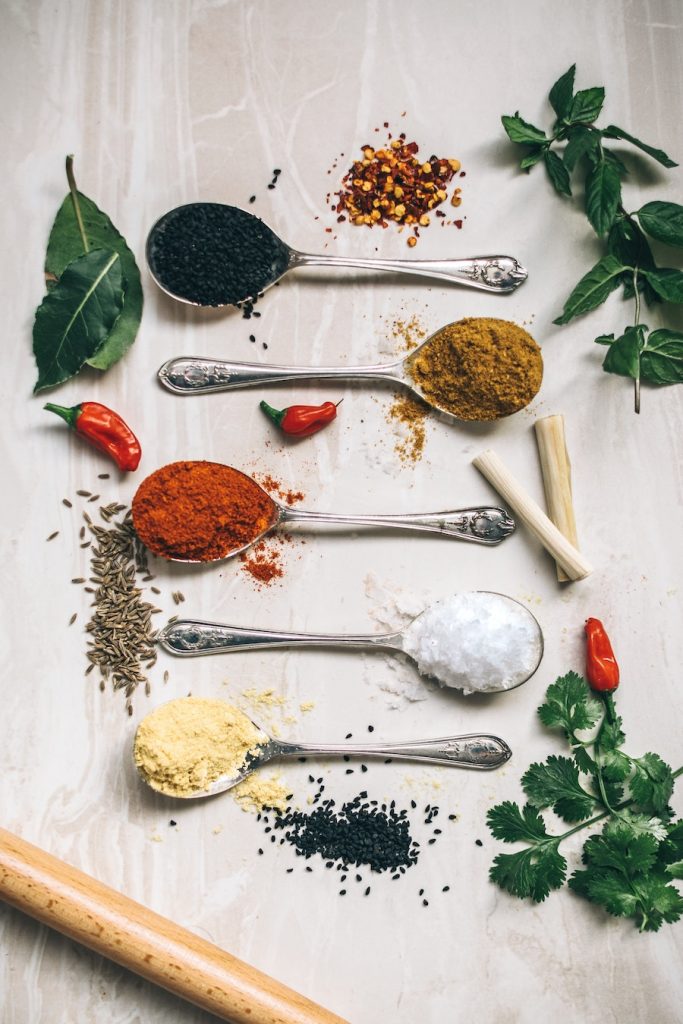
How to cook perfect steak every time
Whether you prefer medium-rare or well-done, steak is perfect for everyone, especially when eaten together with your family and loved ones.
Don’t worry, you don’t need to use many tools or have expert-like skills to cook the best steak. Nevertheless, you still have to follow some rules to achieve the best results.
If this will be your first time cooking a steak, don’t worry! The following tips and tricks will get you from zero to one hundred in no time.
CHOOSING YOUR MEAT

The cut of your steak depends on your preference, and of course, budget. Each variety of cut has a distinct flavor and tenderness.
Fillet: Prized as the most premium and expensive cut, it’s the most tender. It has little fat and is best served rare.
Sirloin: It’s considered as a common cut and prime steak, which many steak lovers like. This cut has a fine and firm texture and it’s rich in flavor. Best served medium-rare.
Rib-eye and tomahawk: Rib-eye has a tender texture and is known for the marbled fat running through the meat. The fat melts and incorporates into the meat when cooked, giving it a rich flavor and texture. Tomahawk is a rib-eye steak that has at least five inches of rib bone left intact that looks like a handle.
Flank steak: A cut that is lean and boneless. It’s also a cheaper cut with a lot of intense flavors. Flank steaks are great for barbecues and are best served medium-rare.
Flat-iron: This steak is cut from the shoulder blade and is now tagged as a good alternative to more expensive cuts. It has a lot of beefy flavors and is neatly marbled. Flat-iron steak needs to be cooked no more than medium to turn out juicy and tender.
Onglet: Also known as hanger steak. Onglet is a rope-shaped meat that has loads of beefy flavor. Some people find its flavor to be a bit strong due to the overtones of the liver and kidney. This cut should not be cooked beyond rare if you don’t want it to be tough. It is best served with strongly flavored sauces.
Rump steak: This is the least expensive variety of steak. Cooking it beyond medium will result in a tough steak since this cut is firmer in texture.
T-bone: This is a combination of the beef short loin or New York strip, and tenderloin (filet mignon), separated by a bone, that results from the way it’s cut. T-bones are best finished inside the oven to make sure they’re evenly cooked.
USE SIMPLE TOOLS

You don’t need a bunch of kitchen tools to cook a perfect steak. Just take out a sharp knife, a food thermometer that can easily be inserted into your meat, a wood or charcoal grill (if you wish to do outdoor cooking) or a pan for indoor cooking. For best results indoors, use a thick pan that allows an even distribution of heat, like a cast-iron skillet.
SIZE MATTERS
The cooking times and temperature for cooking your steaks can vary according to the cut. And even if you have the same cut of meat, its cooking time depends on its thickness -- and that should be considered every time you cook.
Check this Steak Magnet guide that you can place right on your fridge for easy access.
EVEN STEAKS NEED REST

Steaks are best when bought and cooked fresh. However, if the availability of fresh meat is limited, it’s still good to use frozen meat.
Bear in mind that cooking cold meat may result in an unevenly-cooked steak, since the heat will have a hard time reaching the center.
To avoid this from happening, let the steak rest at the counter for at least 30 minutes (depending on its thickness) before cooking.
Aside from resting before cooking, it is also necessary to allow the steak to rest after you cook it. This allows all the juices inside the meat to settle down and its fibers to relax. Also, this process will prevent the juices from running out of your chopping board, resulting in a rough and dry steak.
You can rest small-to-medium-sized steaks for 10 to 15 minutes, while larger cuts of steak may take 15 to 25 minutes.
SEASON IT WELL
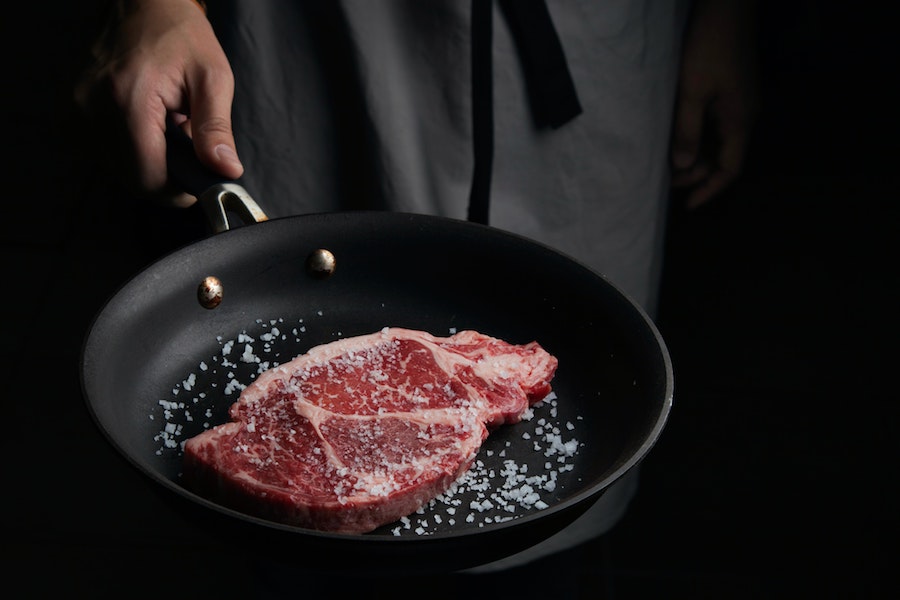
Steak lovers often prefer to enjoy the rich flavor of a quality steak by adding only a generous rub of salt and freshly-cracked black pepper.
Do this before you rest your meat, preferably 2 hours, to allow the seasoning to go deep into your steak.
For a different experience, you can try to baste it the French way.
Do this by cooking the steak in flavorless oils like sunflower, vegetable or groundnut for about ⅔ of the preferred cooking time, flip it, then toss in some butter and herbs like rosemary, thyme, and garlic, then baste or pour the oil over the meat using a spoon for the remaining ⅓ of the cooking time.
SEAR HOT
When cooking your steak, it’s highly important to start with a hot cooking surface. This method will help caramelize the outside of your steak to lock in the flavor and juices.
Try this if you want to achieve the exceptionality of steak-house quality steak -- crispy on the outside, yet juicy and tender on the inside.
CHECK IF IT IS COOKED
There’re many methods to check the doneness or the internal temperature of a steak, but generally, here’s a good idea:
Steak’s doneness has five (5) classifications; Rare, Medium Rare, Medium, Medium Well, and Well Done.
You can use a meat thermometer to prevent overcooking, undercooking, or burning your steak. It also helps to make sure that you make the perfect steak every single time.
Here’s a Steak Magnet that outlines the ideal internal temperatures depending on how you like your steak.
SEASON AFTER SLICING

Not everybody shares the same palate, thus, sometimes we may need a different amount of saltiness in order to enjoy our food. If this is the case, the best way to season after cooking is to do it after you slice your steak.
Don’t forget to put a bowl or canister of salt within everyone’s reach on the table to let them also season their steak as they like it.
For the best flavor and seasoning, use sea salt.
Slicing tip: Slice your steak against the grains for a tender piece of steak.
![]()
There you have it! Follow these tips and you will surely have the perfect steak to share with your family and loved ones.
Looking for something to pair up with your perfect steak? You may try these recipes.
STEAK-TERM BUSTER!
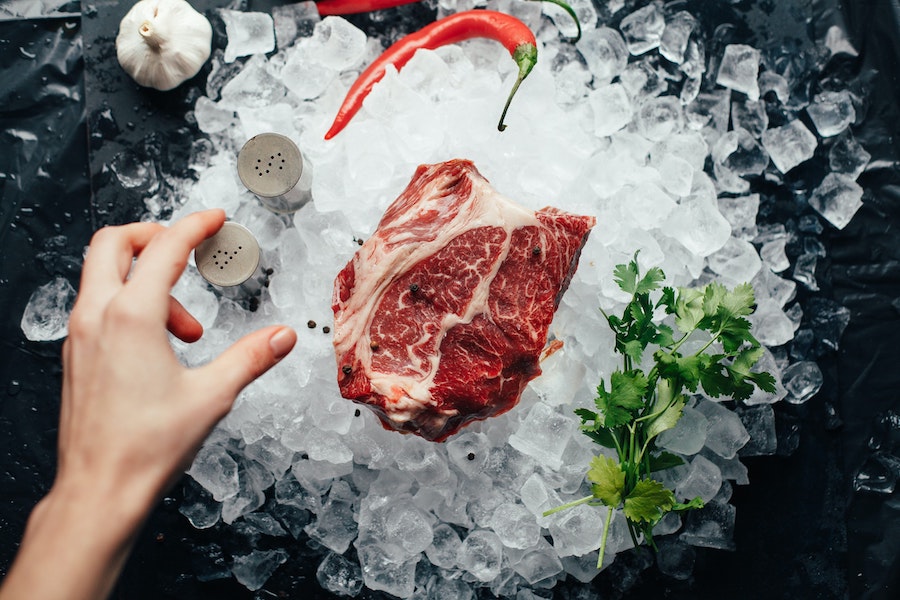
Here’re some common terms you’ll often find for steaks:
Grass-fed: These are beef came from cattle that only eat grass throughout their lives. Grass-fed meats are much leaner than the meat of conventional cattle.
It's also high in nutrients like vitamins, antioxidants, more heart-healthy omega-3 fatty acids, and a fat called conjugated linoleic acid (CLA) which has anti-inflammation benefits and has been known to improve immunity, reduce heart disease and cancer risks.
Thus, their meat depends on the environment. With this, eating grass-fed meat that came from different places won’t surely taste the same.
Marbling: Generally, marbling is a word that refers to the streaks of fat within the lean sections of the meat. At lower temperatures, marbled fat appears white. However, it becomes less obvious as the meat comes up to room temperature since these unsaturated fats begin to melt.
Marbling on meat positively affects the quality of beef’s flavor, tenderness, and juiciness. The streaks of fat make the beef easier to chew and a greater release of flavor.
Wagyu: Is a breed of Japanese beef cattle where 'Wa' means Japanese and 'gyu' means cow. Originally, wagyu are draft animals used in agriculture and were selected for their physical stamina.
Wagyu meat contains the highest amount of fatty acid called conjugated linoleic acid (CLA) per gram. Resulting in a rich, luscious cut of beef that dissolves once it hits your tongue.
This unique taste and tenderness of highly marbled Wagyu beef make an exceptional eating experience.
Aging: In beef, aging has nothing to do with the age of the cattle. Instead, it pertains to the time the meat was stored or refrigerated after it was slaughtered. This process will definitely make the beef more tender.
Aging beef has two (2) kinds:
Wet Aging: It is the most common aging method. It’s done by storing the middle meats (ribeyes, strip steaks, T-bones, filets, and sirloins) in vacuum-sealed plastic bags for up to three (3) weeks under refrigeration (32°F to 34°F). This method results in traditional beefy flavor.
Dry Aging: This is a more complex and costly method, making it less common. Instead of storing the meat in vacuum packages, beef is aged uncovered in a refrigerated room where humidity and temperature are controlled for up to 4 weeks. This aging method results in a brown-roasted beefy flavor.
How to Have a Creamy Dish Without "The Cream"
Having been a food-lover for the majority of my life, I can say that the level of comfort brought by any creamy dish – the richness, flavor, and body it adds to any recipe – is definitely hard to outrun.
However, some people are unable to use cream to transform their dishes, such as vegans or people adverse to dairy. That's why I created this list to help them enjoy any creamy dish without actually using cream!
1. White beans
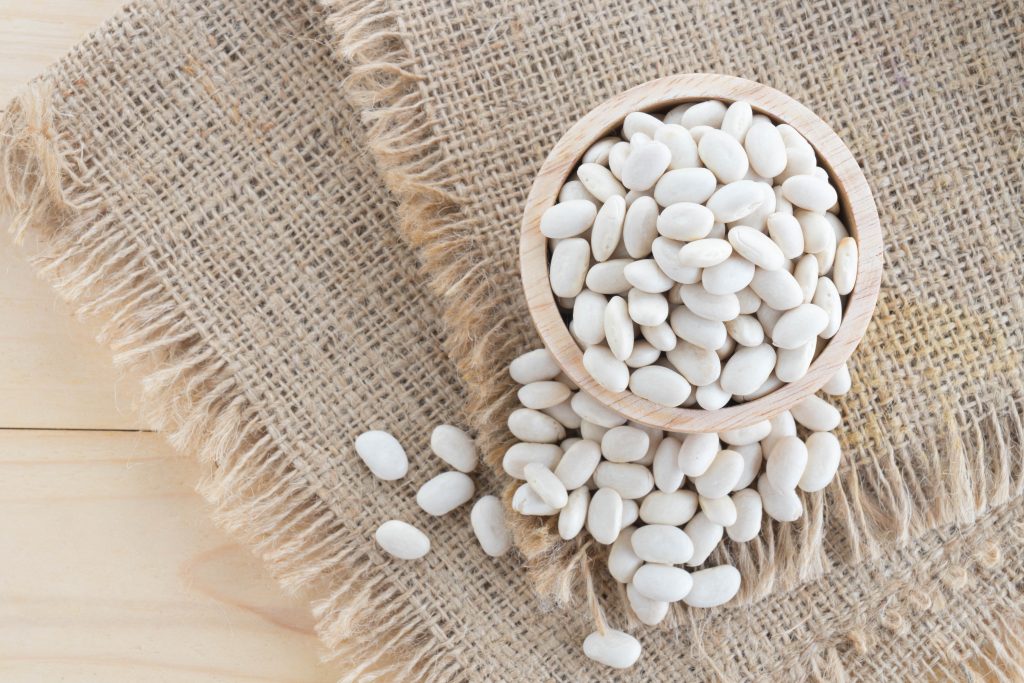
I can say that this cream substitute has it all – it’s silky, creamy, savory, delicious, versatile, and full of flavor.
You don’t have to worry if you have some food restrictions. White beans are mostly soy-free, nut-free, and because of their versatility, they can also be made oil-free.
Making a white bean creamy sauce takes only a few ingredients, which are mostly likely already available in your kitchen. In less than 10 minutes you'll be able to indulge in a scrumptious white bean creamy sauce.
Choosing the best type of beans
Cannellini beans in particular have a nutty, earthy flavor and tender flesh that gets super creamy when blended, making it the perfect bean to use for a white bean cream.
If Cannellini beans are not available, you’re welcome to use Great Northern Beans.
Try making a great white bean sauce using this recipe.
2. Unsweetened Almond Milk

If you want to make creamy dishes but don’t want to really use cream or cow’s milk, you can always substitute it with unsweetened almond milk.
Almond milk is a good source of calcium that is low in calories, low in sugar (if you use the unsweetened one), and high in Vitamin E – a potent antioxidant that fights inflammation and stress in the body.
It’s an ideal alternative to dairy, as it's naturally Lactose-Free, Dairy-Free and Vegan-Friendly.
Go to this link to make a Cream of Broccoli Soup using Almond Milk.
3. Avocado
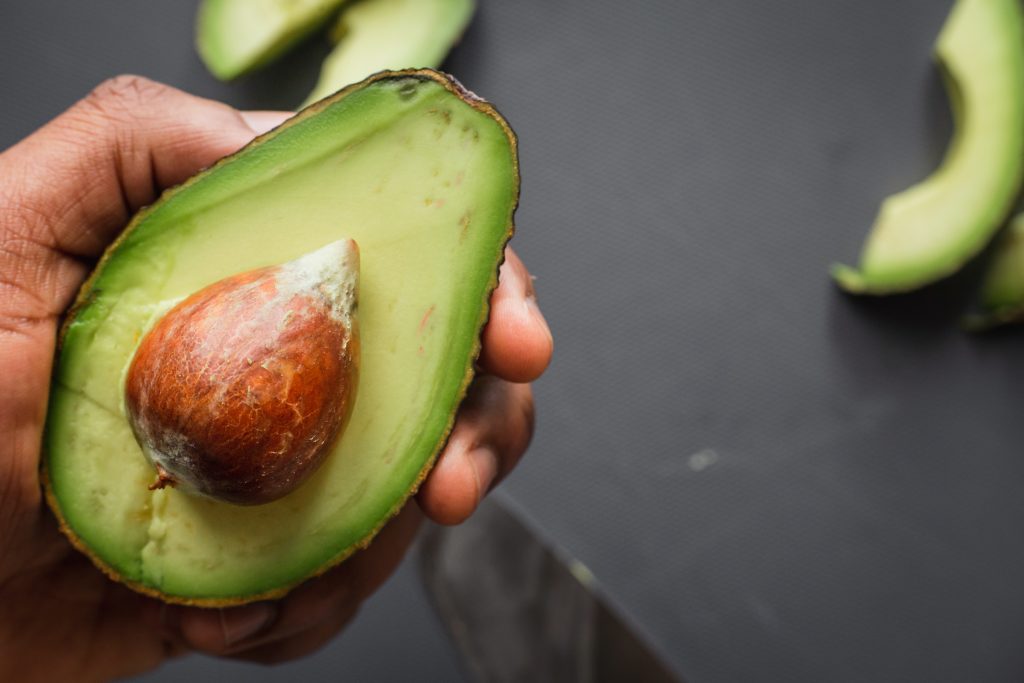
Craving for a creamy pasta sauce? Avocado can definitely help! Though it can be a flavorful and creamy sauce, consistency may not be as heavy as cream-based sauces like Alfredo.
Avocado is often referred to as a superfood for it’s high-nutrient value and it’s popularly added to many dishes due to its rich texture and good flavor.
Here are some things to consider when making a dish with avocado cream:
Use Ripe Avocado.
The ripeness of the avocado is the fundamental factor of an avocado cream. Blending under-ripe avocados will not make it as tender, resulting in a cream with grassy taste and texture.
Choose the ideal type of pasta
For this creamy avocado sauce, it’s best to use a type of pasta that is dry, with plenty of body that will stand up to the thickness of the avocado. Some ideas are spaghetti, soba noodles, and zucchini noodles. You can also try farfalle and fusilli.
Avoid using thin and tubular kinds of pasta like angel hair, penne or rigatoni.
Coat the pasta with the cream while it’s warm.
Your pasta will absorb more flavor from the cream if you mix it while it’s still warm. Plus, mixing it while warm will make it that much easier to coat, especially since avocado cream is thick.
For the pasta salad lovers, I have good news. Avocado cream is absolutely delicious when served cold, making it good for your favorite pasta salad without using mayonnaise. Just toss in your choice of vegetables and cooked protein, and you're good to go!
Treat yourself to this Avocado Cream Pasta.
4. Silken Tofu and Soy Milk
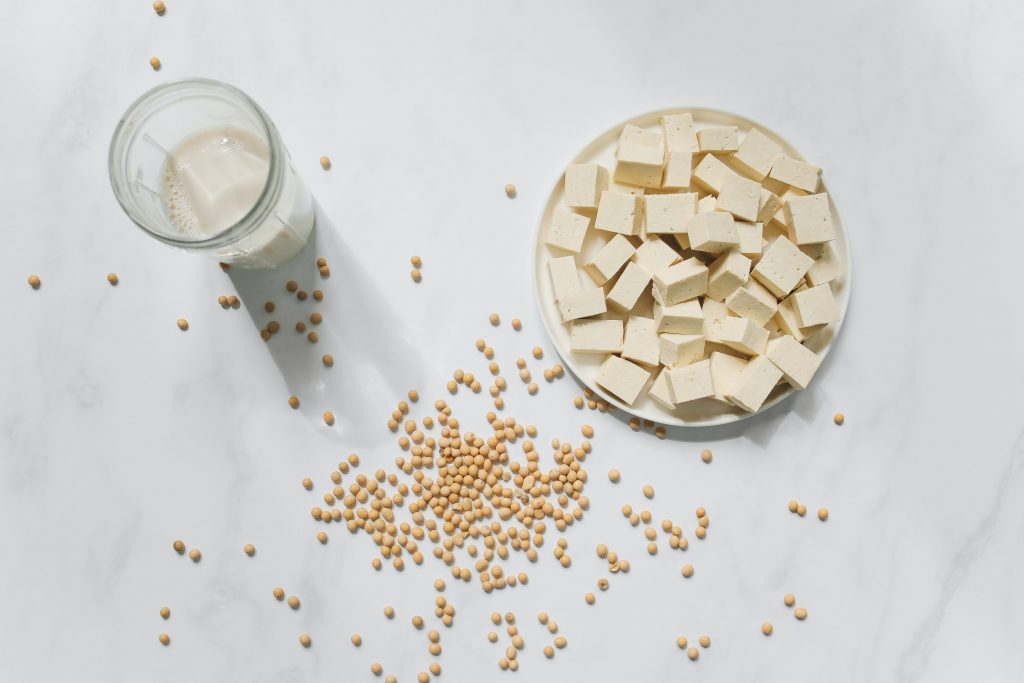
Silken tofu is made from condensed soy milk that has been formed into solid white blocks, just like regular tofu.
The much softer consistency of silken tofu makes it easier to blend into a high-protein and dairy-free replacement for heavy cream.
To make the cream, prepare your blender, immersion blender, or food processor.
Add tofu and soy milk to give it a smooth texture and remove lumps. You can also use any other plant-based milk of your choice.
Combine equal parts of silken tofu and soy milk and blend thoroughly until the mixture reaches a thick and smooth consistency.
You can use it as a great alternative to the heavy cream on your favorite sauces or soup recipes.
5. Coconut Cream
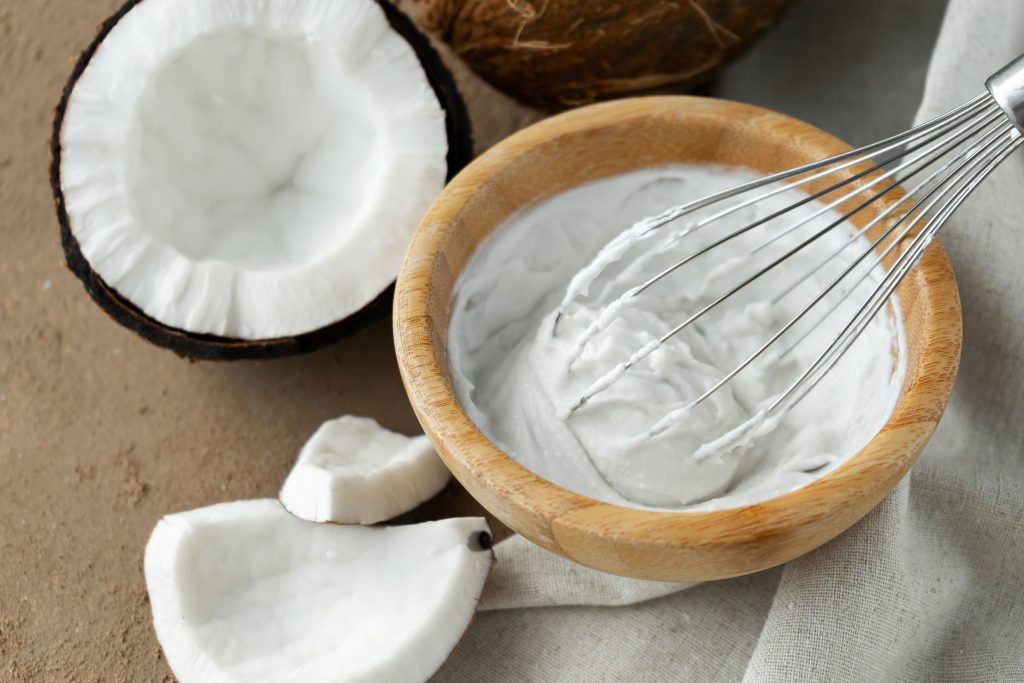
Coconut Cream makes an excellent substitute for heavy cream due to its versatility.
A simple way to prepare it is by chilling full-fat coconut milk in the fridge overnight, then pouring the liquid contents into another container.
The hardened, thick cream can be scooped out and used as a substitute for heavy cream.
To use coconut cream, simply substitute the heavy cream in a recipe with it, in equal amounts. Talk about an easy vegan-friendly and dairy-free replacement!
Pro Tip: Even though Coconut Cream can be so versatile (it can be baked, cooked, or whipped) you should be cautious about which recipes to prepare with Coconut Cream as it will give your recipes a subtle coconut flavor.
The following two options are not necessarily the best dairy-free and vegan options, since they can be hard to find, but they’re still a great alternative to regular cream for those of you who are able to find the ingredients.
6. Dairy-Free Greek Yogurt
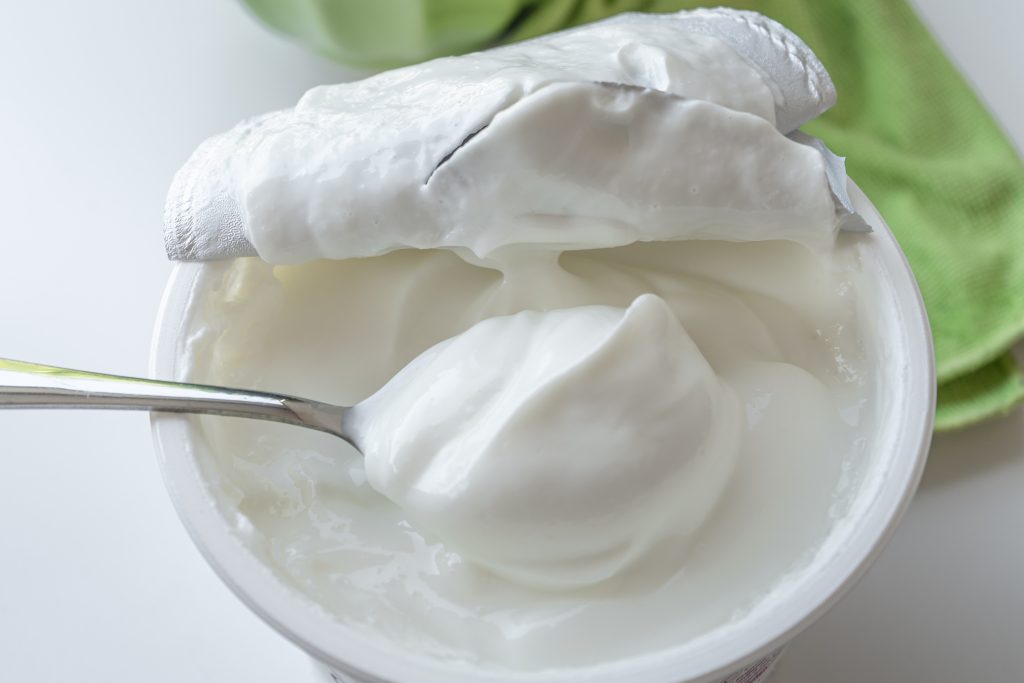
Adding Dairy-Free Greek Yogurt to dishes like soups and pasta may sound odd, but actually, a mixture of Greek yogurt and alternative milk is a great replacement for heavy cream that will help thicken up your recipes like soups and sauces.
Yogurt is thicker than heavy cream, hence, adding some milk to it will surely thin it out, achieving a texture similar to cream.
Just blend together equal parts Greek yogurt and your preferred milk alternative.
Don’t use this substitute in recipes that require whipping, as it will not work!

